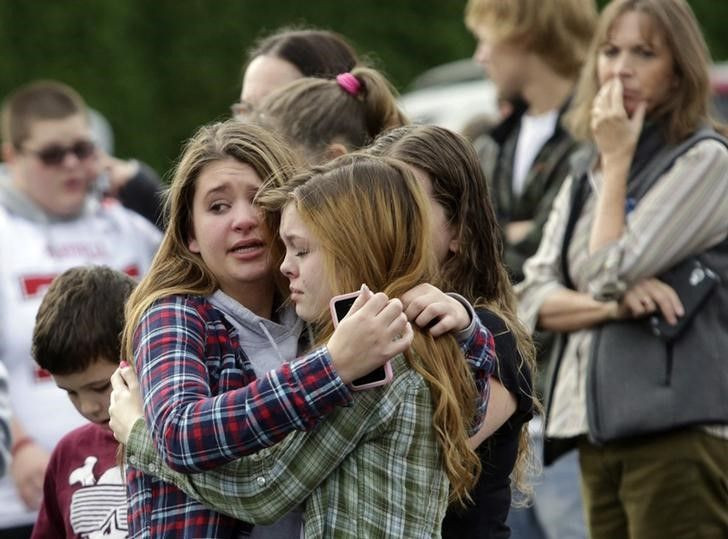Nearly Four Of 10 U.S. Kids Exposed To Violence

(Reuters Health) - Phone-based surveys show that nearly four of every 10 kids and teens in the U.S. were exposed to violence or abuse over the previous year, researchers have found.
“Children are the most victimized segment of the population,” said study leader David Finkelhor of the Crimes Against Children Research Center at the University of New Hampshire in Durham.
“The full burden of this tends to be missed because many national crime indicators either do not include the experience of all children or don’t look at the big picture and include all the kinds of violence to which children are exposed,” Finkelhor told Reuters Health by email.
Compared to 2011, the violence rates appear to be stable, and certain kinds of violence exposure may be decreasing, he said.
While the rates are not going up, “the problem is that there is still way too much,” he said.
The National Survey of Children’s Exposure to Violence includes phone interviews with contacts at a representative sample of U.S. numbers in 2013 and 2014. Overall, researchers collected information on 4,000 kids age 17 and younger.
If the child was between age 10 and 17, he or she was interviewed over the phone. An adult caregiver answered questions for younger children.
The interviewers asked about conventional crime, child maltreatment, peer and sibling abuse, sexual assault, indirect exposure to violence and witnessing violence to others, and Internet violence. If the child had been exposed to any of these events over the previous year, the interviewers also asked about who committed the violence, weapons and injuries.
About 37 percent of kids had been physically assaulted over the previous year, and almost 10 percent were injured as a result, the researchers found. Two percent of girls had been sexually assaulted or abused, including more than 4 percent of girls age 14 to 17.
About 15 percent had experienced maltreatment by a caregiver. Almost 6 percent had witnessed violence between their parents.
These numbers are similar to what’s been found in previous studies in the U.S. and elsewhere, Dr. Andreas Jud of Lucerne University of Applied Sciences and Arts in Switzerland told Reuters Health by email. Jud was not part of the new study.
Most maltreatment incidents occur within the family, according to John Fluke, a child welfare scholar-in-residence at the University of Denver in Colorado.
In the social service population and in his own study, neglect is the predominant form of maltreatment, Fluke told Reuters Health by email.
“This is really complex and what is needed is some considerable effort to use surveillance data in targeted ways to help determine what prevention and treatment approaches are most effective for specific populations,” Fluke said.
The researchers called land lines as well as cellphone-only households, but people are increasingly reluctant to participate in surveys, which is a limitation of this kind of study, Finkelhor said.
“Violence and abuse in childhood are big drivers behind many of our most serious health and social problems,” he said. “They are associated with later drug abuse, suicide, criminal behavior, mental illness and chronic disease like diabetes.”
Parent education and support programs have been shown to prevent family abuse, and school-based programs can reduce bullying while dating violence prevention programs can help teens, Finkelhor said.
“The challenge is to get children and families access to these programs and make such education more comprehensive and integrated into the curriculum,” he said.
(Reporting by Kathryn Doyle)



























